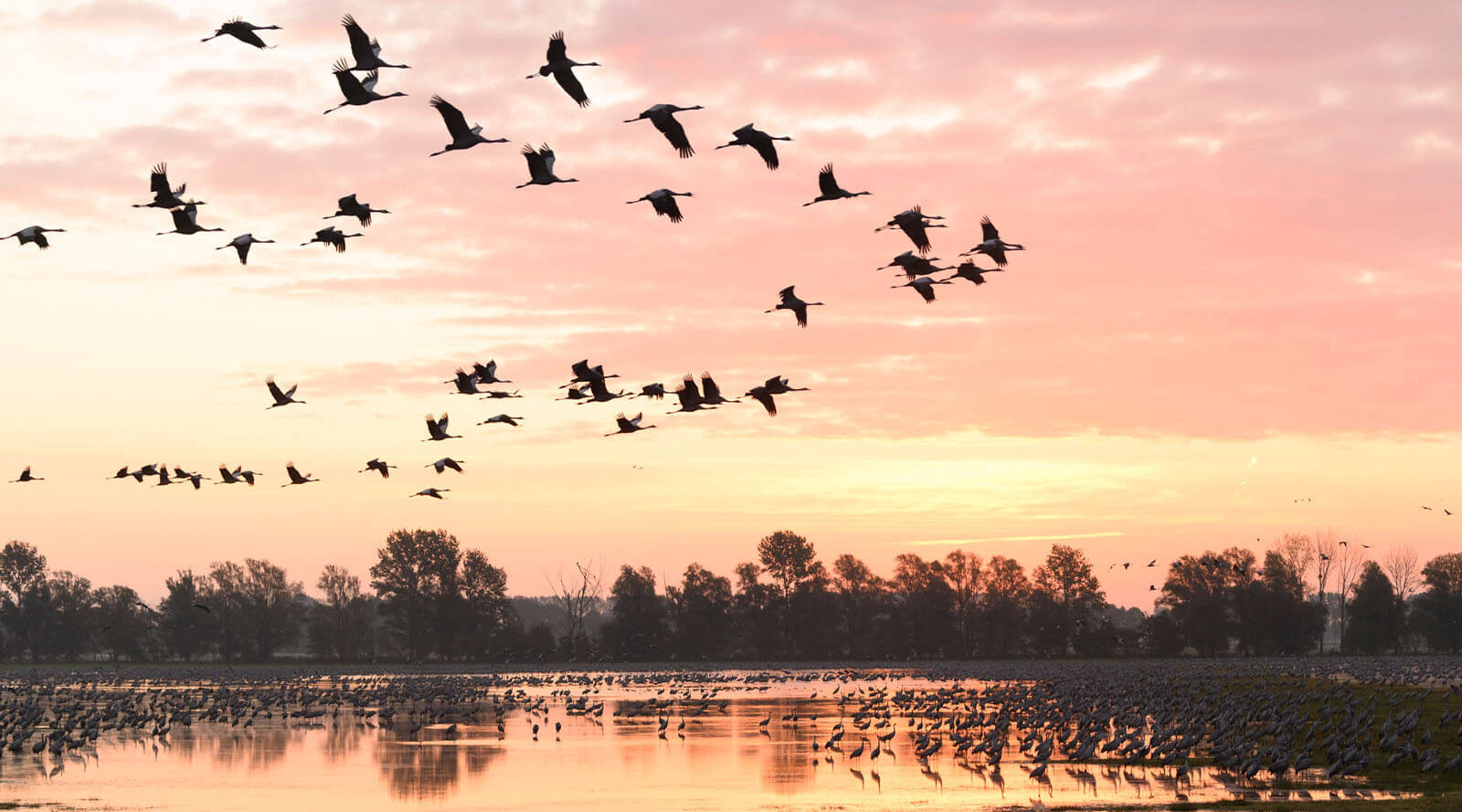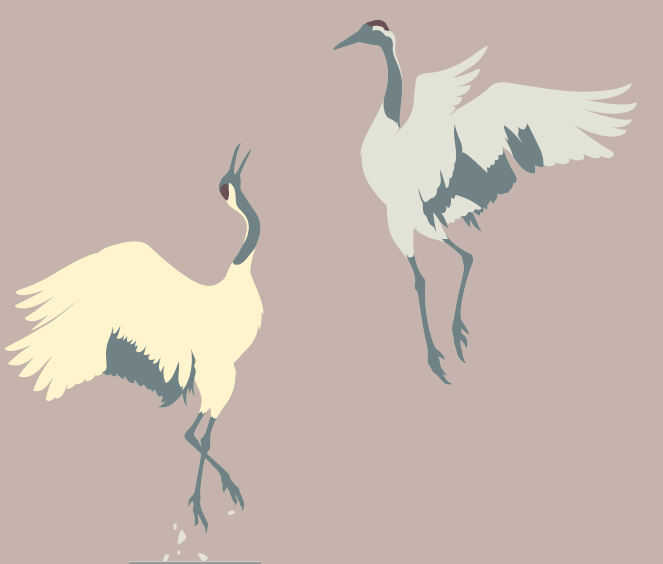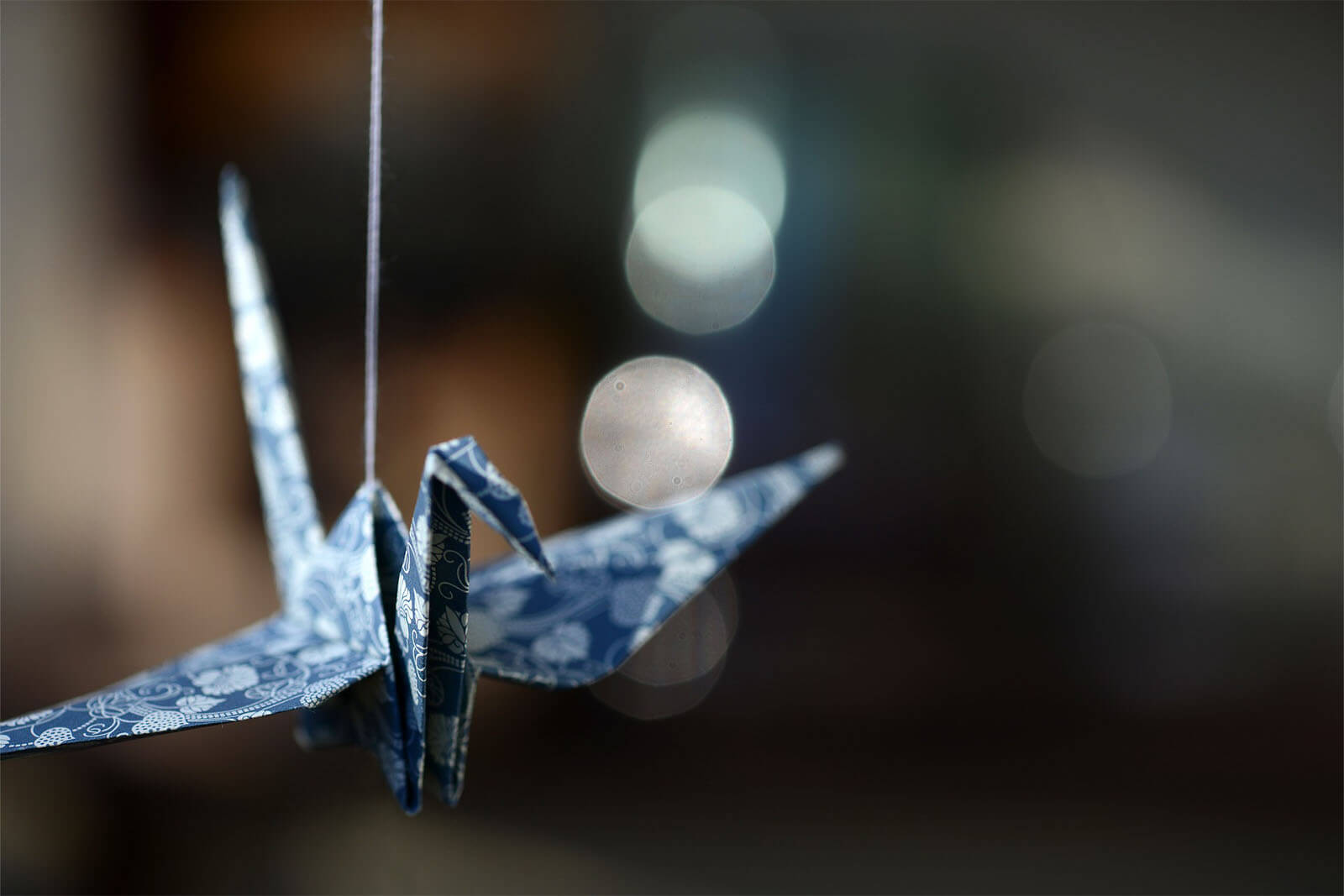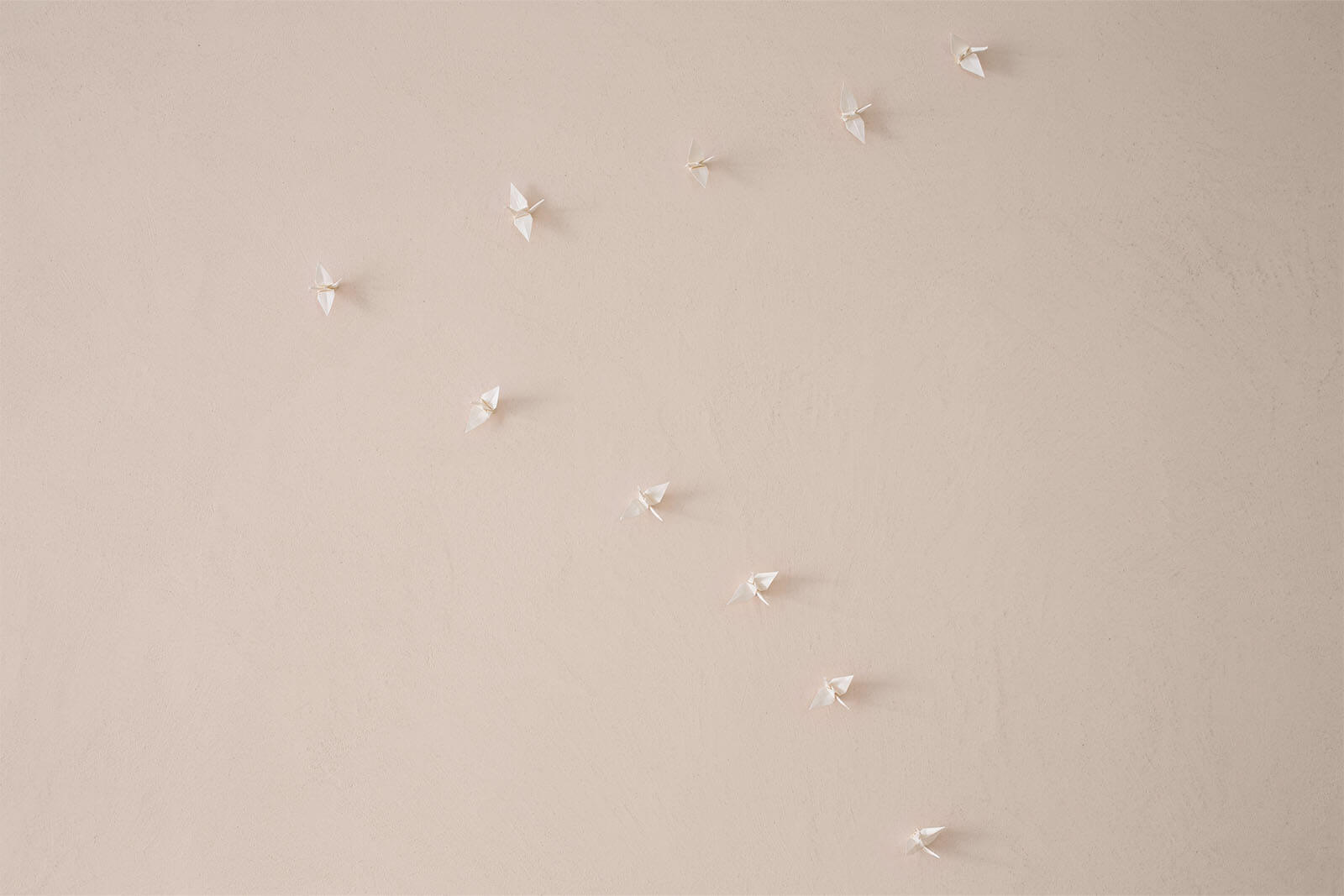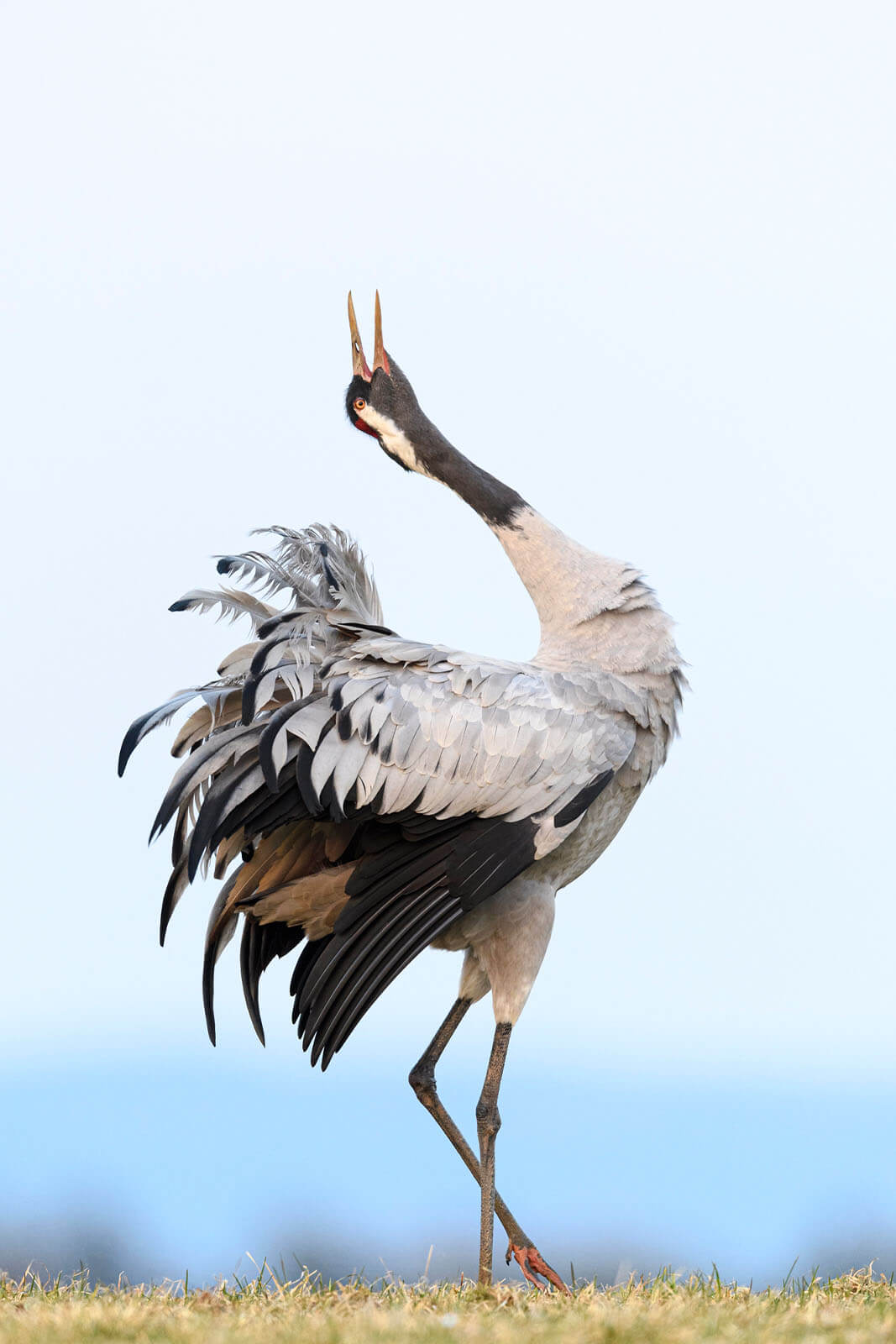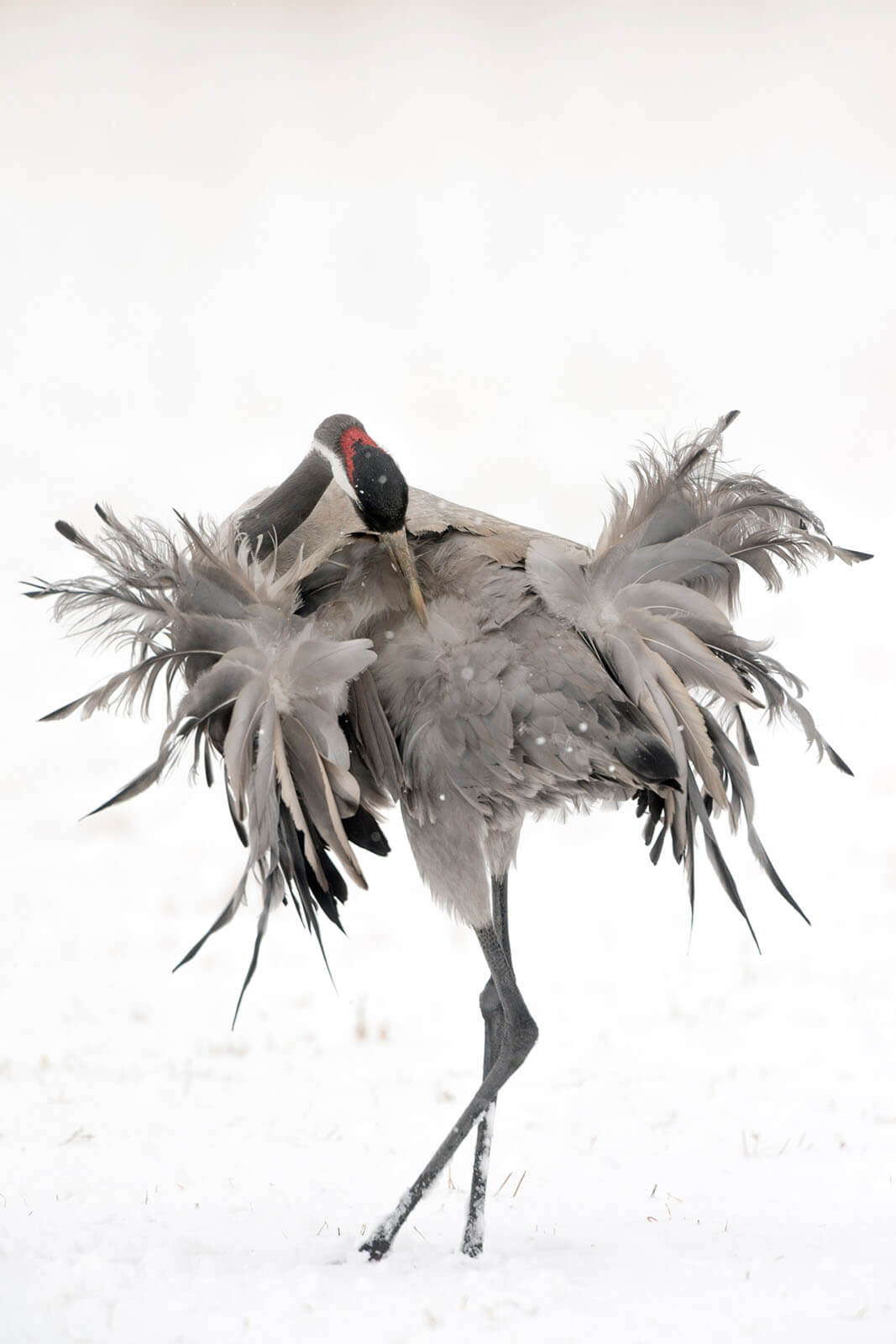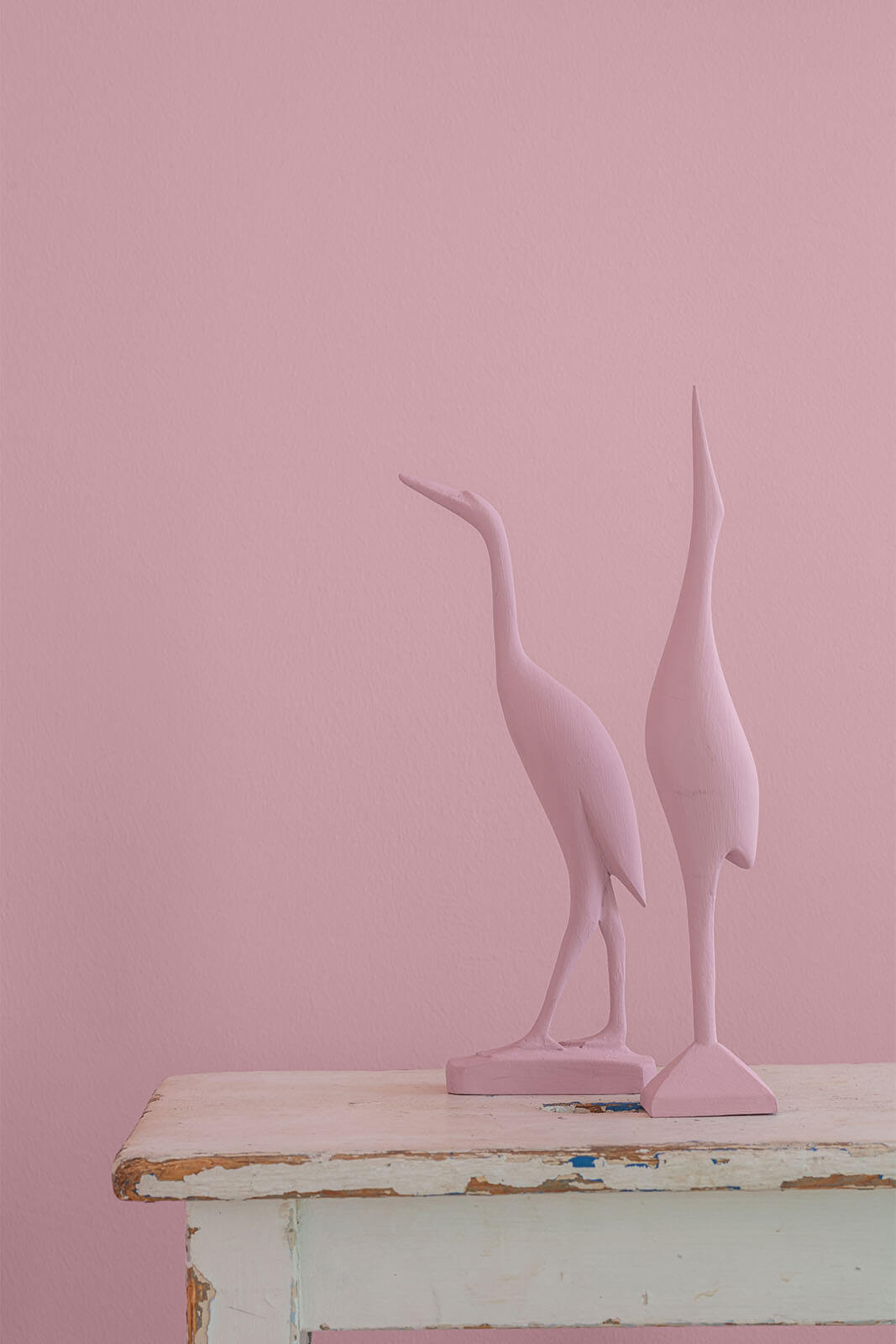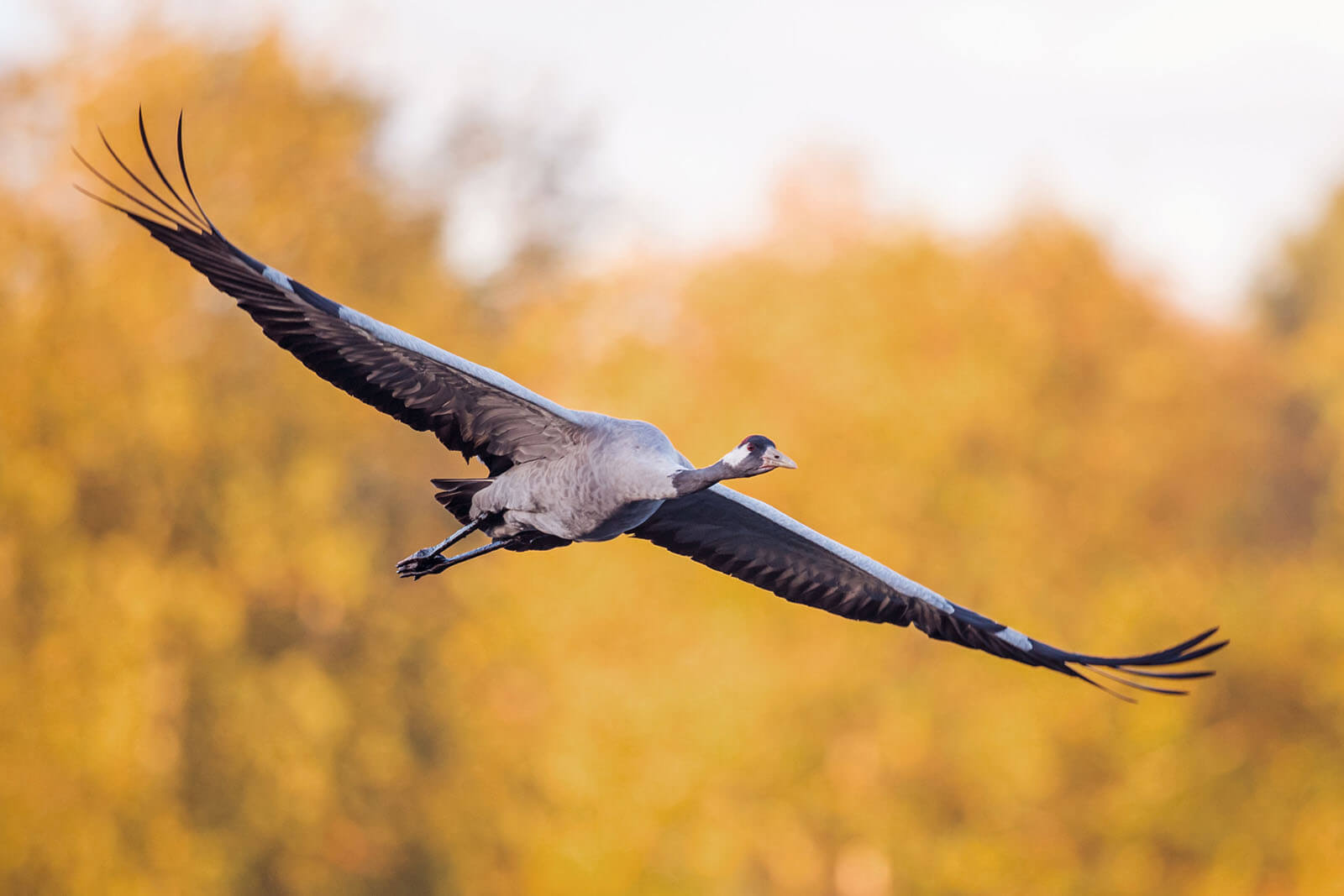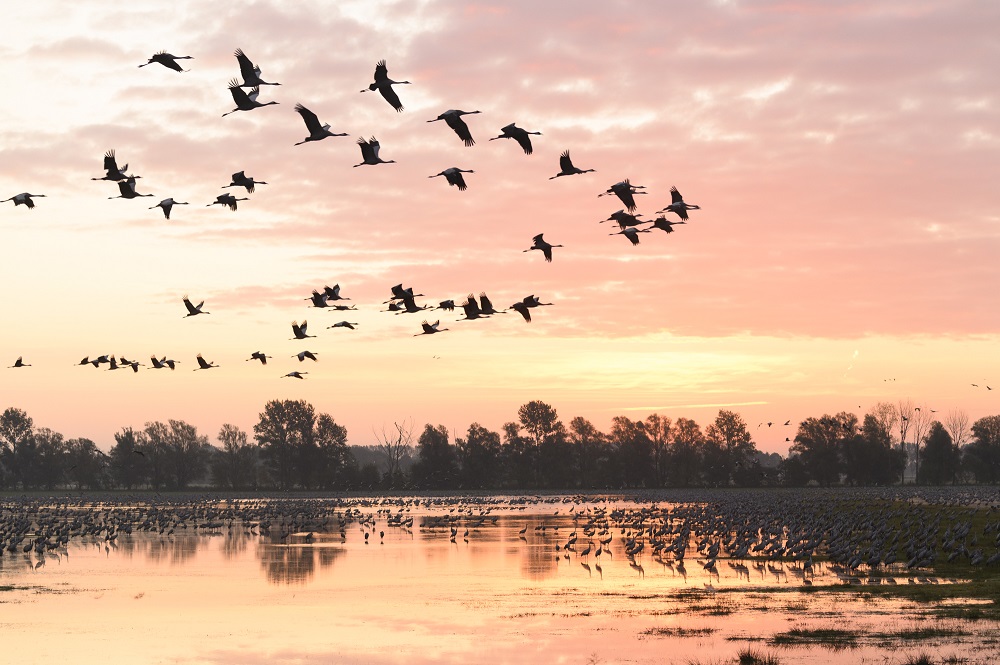Trend 2022
The crane is the symbol of the year, because it embodies our longing and the special balance that is particularly essential at the moment. Long-limbed, it strides with great dignity. These birds are fascinating dancers: they dance not only in the mating season, but also to communicate within their family—with elegant bows and jumps, but also with wild and funny moves.
At the same time, the crane enjoys great importance as a sign of good luck. Back in ancient Egypt, in Greek mythology and in Russian fairy tales, it was a symbol of bliss. In Asia, the crane is said to have virtues such as vigilance and prudence, and in Japan it stands for long life and good health. Japanese popular belief says that anyone who folds a thousand origami cranes will have a wish fulfilled by the gods—and even today, folded paper cranes are given as gifts in Far Eastern cultures.
This graceful bird is a symbol of happiness and health, and we admire its dignified posture just as much as we are fascinated by its spontaneous dancing. Watching it, we sense a special balance that can also be found in the trend colours: conspicuous but not obtrusive. Strong and at the same time filigree. Independent and yet mediating.





